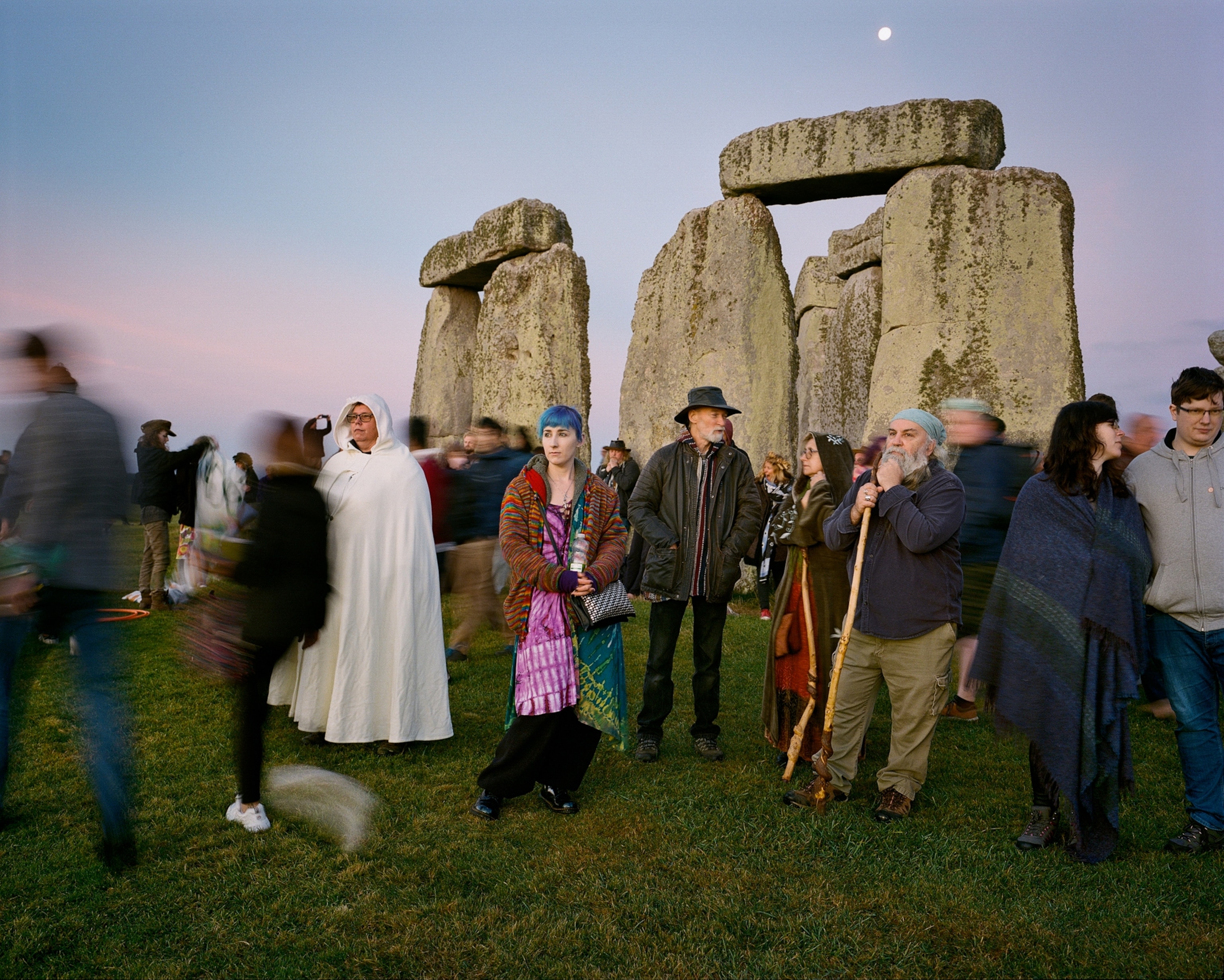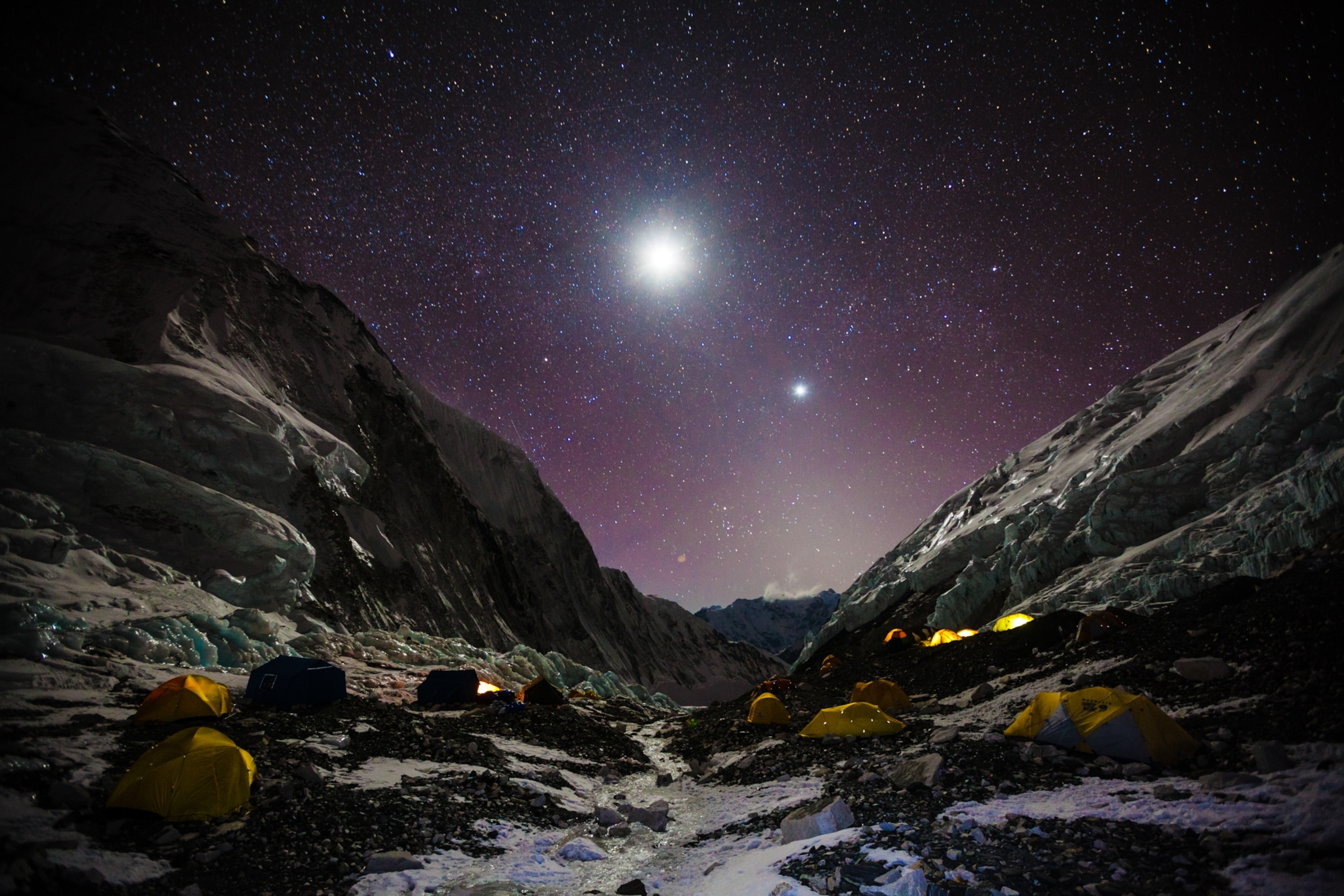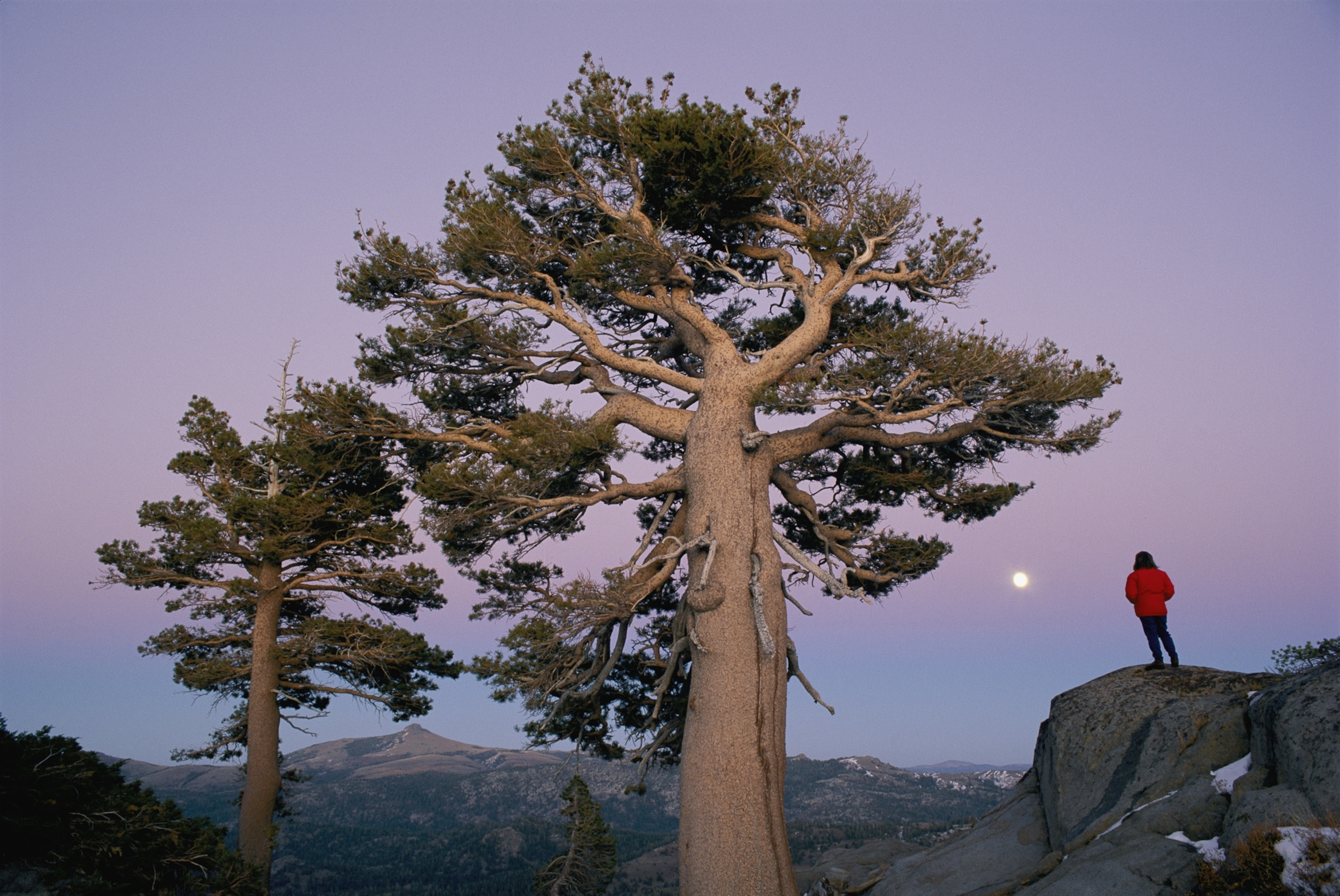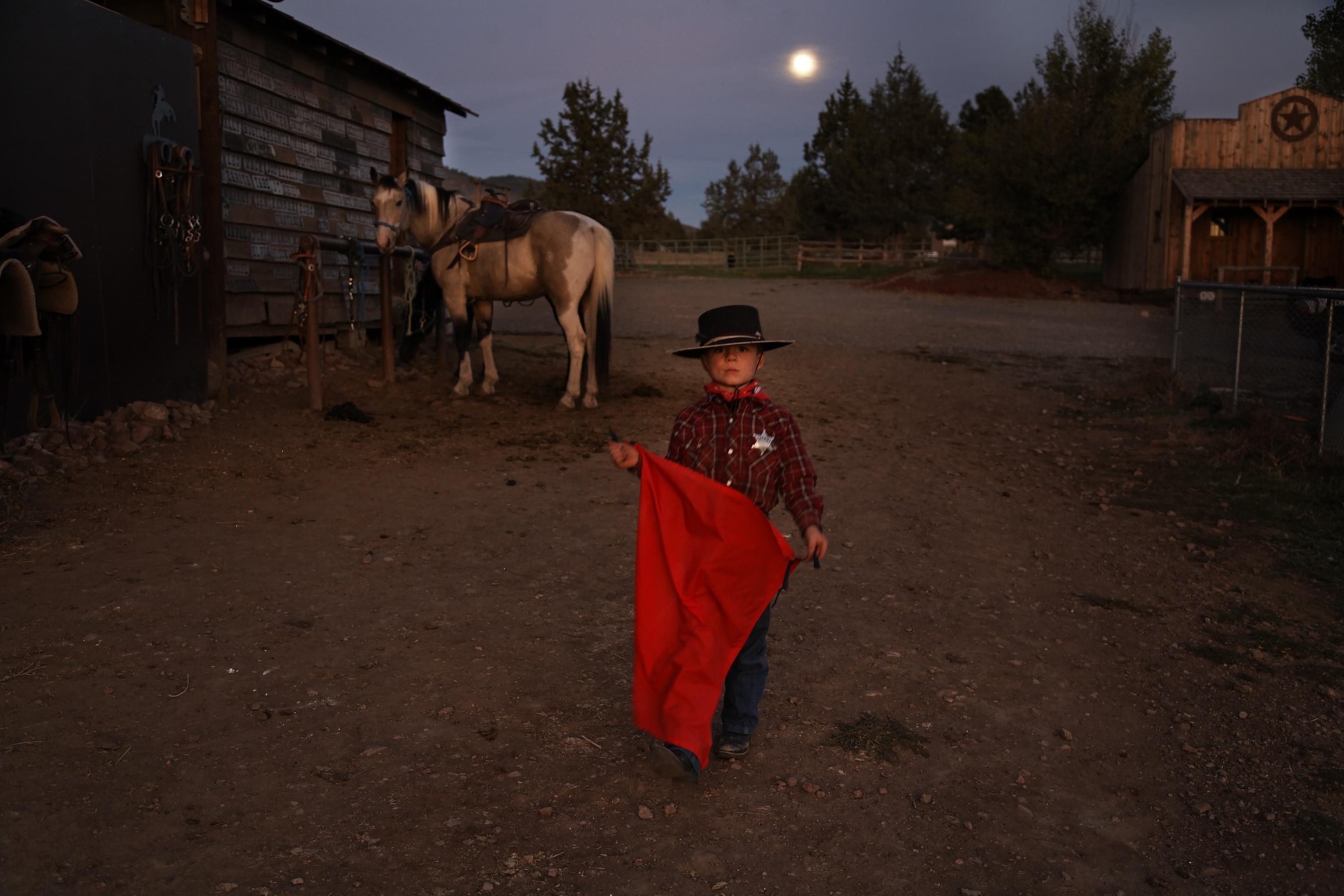Can the moon influence human health? Surprising new research suggests it might.
After decades of skepticism, researchers are uncovering evidence for a subtle influence on sleep, menstruation, and certain mental illnesses.

Since time immemorial, people around the world have believed that the full moon can alter the body and mind, for example by making us more violent and erratic. The very word “lunatic,” after all, derives from the Latin term for moon.
We wouldn’t be the only animals to be affected by the lunar cycle. The moon not only influences the ocean’s tides, but also the life within it. Many corals, bristle worms, sea urchins, mollusks, fish, and crabs spawn around the full moon, likely due to the increased light.
Yet researchers have long dismissed such claims in humans, with many studies reporting conflicting results. And several large studies have found no uptick in homicides or admissions to trauma centers or mental health unit admissions around the full moon, one of eight parts of a 29.5-day cycle during which the moon revolves around Earth. (Read more about the phases of the moon.)

But the tide is changing as recent research suggests the lunar cycle has a subtle influence on some people—specifically when it comes to cyclical phenomena such as sleep, the female menstrual cycle, and the periodic mood swings of people with bipolar disorder.
The results are enough to cast doubt on the long-standing consensus that the moon has no influence on us, as well to investigate how lunar cycles could affect human biology, says Kristin Tessmar-Raible, a chronobiologist at the University of Vienna in Austria, who wasn’t involved in the recent studies.
“This is data,” she says. “As such, we have to try to understand and explain them as a scientist.”
Become a subscriber and support our award-winning editorial features, videos, photography, and much more.
For as little as $2/mo.
Sleepless in Seattle
Some of the recent findings amazed Horacio de la Iglesia, a sleep researcher at the University of Washington in Seattle.
He and his colleagues used activity-monitoring wrist watches to track sleep patterns, for at least a week up to two months, in two very different populations: nearly a hundred members of Indigenous Toba/Qom communities in rural Argentina, many of which do not use electricity, and hundreds of University of Washington undergraduate students.
Members of the Indigenous communities went to sleep on average 40 minutes later—and slept less overall—on the nights leading up to the full moon. But what de la Iglesia didn’t anticipate was a similar reduction in sleep on those nights in many of the undergraduates in Seattle, a large city where artificial light drowns out moonlight and students often have no idea when the full moon even is.

“That was super surprising,” he says. Perhaps, he speculates, ancient human hunter-gatherers evolved an as-yet-unknown way to sense the lunar cycle to stay alert and active right before the full moon, when they’d have more light during the first half of the night for attaining resources or social activities. (Learn more about the fascinating science of sleep.)
Another unexpected result: Many subjects in both study groups also slept less around the new moon, the lunar phase during which the moon generally isn’t visible.
Evidently, there’s more to the story than moonlight. De la Iglesia hypothesizes the moon’s gravitational forces, which are strongest on the full and new phases, could also influence sleep patterns. That’s when the sun, Earth, and moon stand in one line, maximizing the gravitational pull on Earth from both sides.
Yet there’s no evidence so far that humans—or any animal for that matter—can detect such minute changes in gravity, says Tessmar-Raible, who is also at the Alfred Wegener Institute for Polar and Marine Research and the University of Oldenburg in Germany.
The moon-tracking marine organism that scientists have studied in the greatest detail, the marine bristle worm Platynereis dumerilii, detects changes in the duration of moonlight, not gravity.
But psychiatrist Thomas Wehr, scientist emeritus of the National Institute of Mental Health in Maryland, thinks it’s plausible that humans can sense changes in gravity, or gravity’s subsequent effects on Earth’s magnetic field, for instance—though it’s a mystery what kind of sense humans would use. “There’s a lot of things we don’t know about how biology responds to [physical] forces,” he says.
Moon-related mood swings
For a 2017 study, Wehr and colleagues tracked 17 bipolar patients in the U.S., who typically cycle back and forth between mania and depression every few weeks. Many patients’ mood swings were synchronized with the lunar cycle, occurring on the full moon or sometimes on the new moon. And “there’s people who are really reacting to both,” Wehr says. His team tracked the patients for a combined total of 37.5 years.
Wehr believes the moon-related changes in sleep could be affecting the mood shifts: His previous research suggests that sleep deficits play a role in triggering mania. (Read how the moon is even older than we thought.)
He also co-authored a 2021 study showing evidence that the female menstrual cycle—which lasts 28 days on average—can match with lunar cycles in some women.
The effect was intermittent, with some of the 22 women in the study tending to menstruate during the full moon, others during the new moon, and some switching between the two.

As the women aged and/or became more exposed to artificial light at night, their cycles shortened and the synchrony disappeared, according to the study, which is based on the women’s self-recorded menstrual data for around 15 years. The authors believe that long ago women’s cycles once harmonized with the moon, but that has changed with modern life.
Why so inconsistent?
An important question, Wehr says, is why these new studies are finding relationships between the lunar cycle and human health, while previous research has been largely inconclusive.
For one, he says, many previous studies only looked at snapshots of different people at various points in the lunar cycle, rather than tracking individual patients over time, which is the only way to detect subtle cyclical patterns that vary between people.

In addition, previous studies have often used very different designs and methods, making their results hard to compare, Narimen Yousfi, a scientist at the National Center of Medicine and Science in Sport in Tunisia. (See Nat Geo's favorite moon photos.)
That “might be behind the contradiction of results,” she says, adding that researchers should agree on using one same protocol to study the moon’s influence.
Shifting tides
Investigating the moon’s effect on human health isn’t just a matter of scientific curiosity.
It could lead to a deeper understanding of human health; better training approaches in athletes, whose performance is related to sleep; and new treatment approaches for conditions strongly tied to sleep, such as bipolar disorder.
“In many cases, I think we could capitalize on that knowledge to prevent some symptoms of disease that are highly dependent on how much sleep you have,” de la Iglesia says.
After decades of dismissing the notion entirely, these new results are pushing scientists to conclusively determine if humans are truly capable of detecting moon-driven changes around us— and if so, how we sense them.
“I know some other investigators are looking at this now— and seriously,” Wehr says.
You May Also Like
Go Further
Animals
- We finally know what caused Florida fish to spin in circles until they diedWe finally know what caused Florida fish to spin in circles until they died
- 5 clever animals that treat and prevent their own illnesses5 clever animals that treat and prevent their own illnesses
- What would the world look like without mosquitoes?What would the world look like without mosquitoes?
- Social media loves to villainize dolphins. Here's why it's wrong.Social media loves to villainize dolphins. Here's why it's wrong.
- How did wolves evolve into dogs? New fossils provide cluesHow did wolves evolve into dogs? New fossils provide clues
Environment
- This little bird tells the story of the East Coast’s disappearing marshesThis little bird tells the story of the East Coast’s disappearing marshes
- ‘Corn sweat’—and other weird weather phenomena—explained‘Corn sweat’—and other weird weather phenomena—explained
- A sea tornado sank a yacht. We might see them more often.A sea tornado sank a yacht. We might see them more often.
History & Culture
- Your favorite foods have surprising global originsYour favorite foods have surprising global origins
- How did ancient Egyptian obelisks end up all over the world?How did ancient Egyptian obelisks end up all over the world?
- What we’ve learned—and lost—since the Titanic wreck was foundWhat we’ve learned—and lost—since the Titanic wreck was found
- Did Babe Ruth really ‘call’ this legendary home run?Did Babe Ruth really ‘call’ this legendary home run?
- The real history behind the legend of China's Monkey KingThe real history behind the legend of China's Monkey King
Science
- 8 things we’ve learned about how alcohol harms the body8 things we’ve learned about how alcohol harms the body
- Is mouth taping the secret to a better night's sleep?Is mouth taping the secret to a better night's sleep?
- Mold is in your kitchen—and in places that might surprise youMold is in your kitchen—and in places that might surprise you
Travel
- This slave rebellion was almost lost to history–until nowThis slave rebellion was almost lost to history–until now
- Discover America's Oktoberfest capital: CincinnatiDiscover America's Oktoberfest capital: Cincinnati
- Here's what an astronaut has to say about space tourismHere's what an astronaut has to say about space tourism
- 4 of the best food experiences on Scotland's Isle of Skye4 of the best food experiences on Scotland's Isle of Skye







